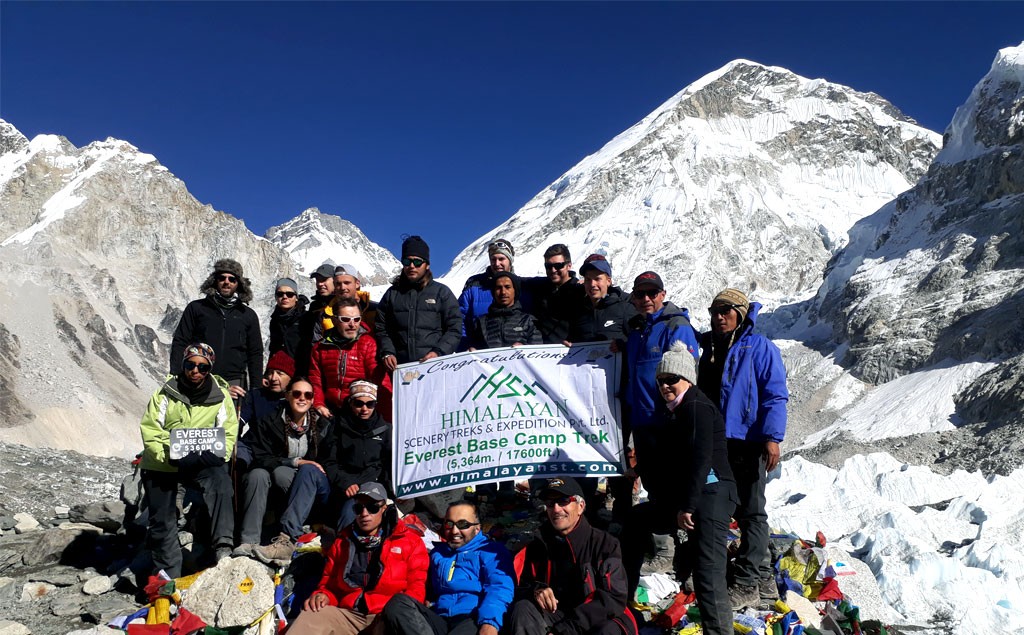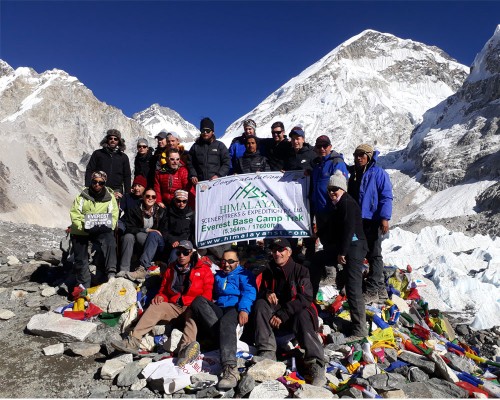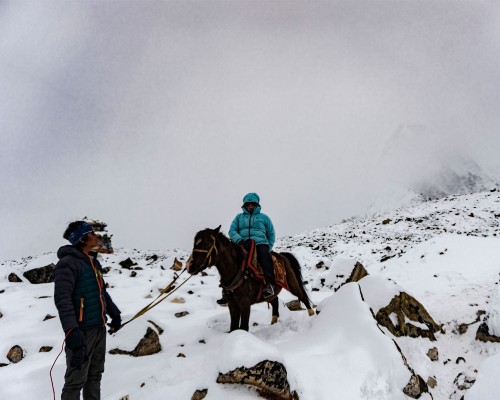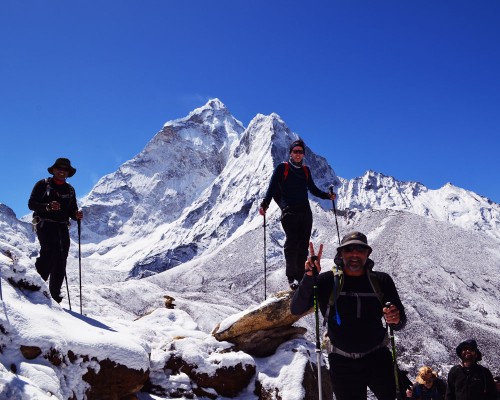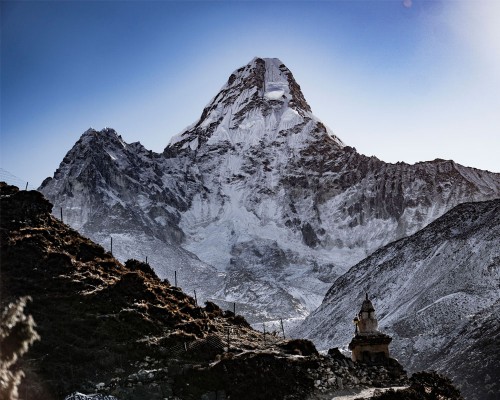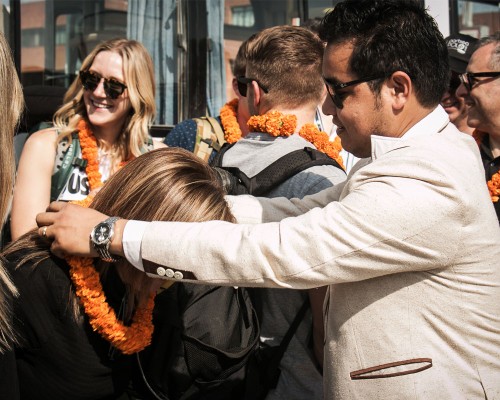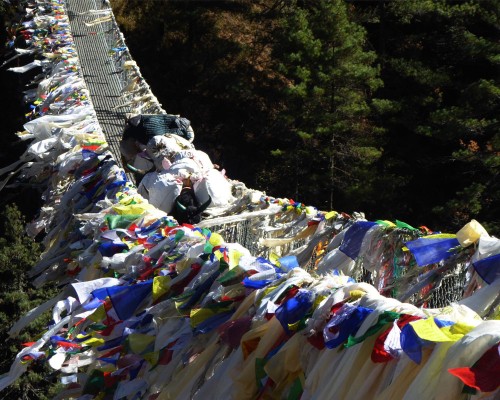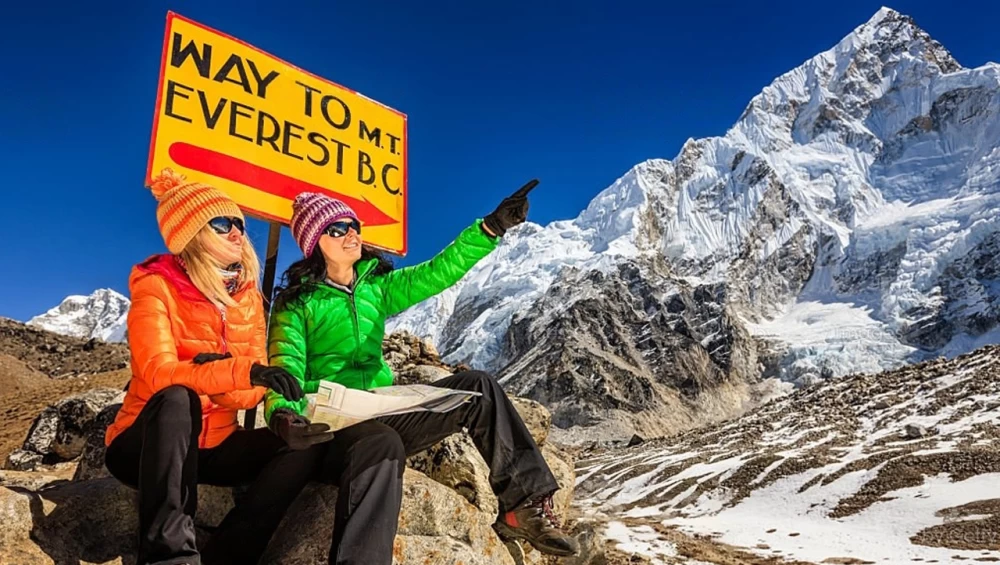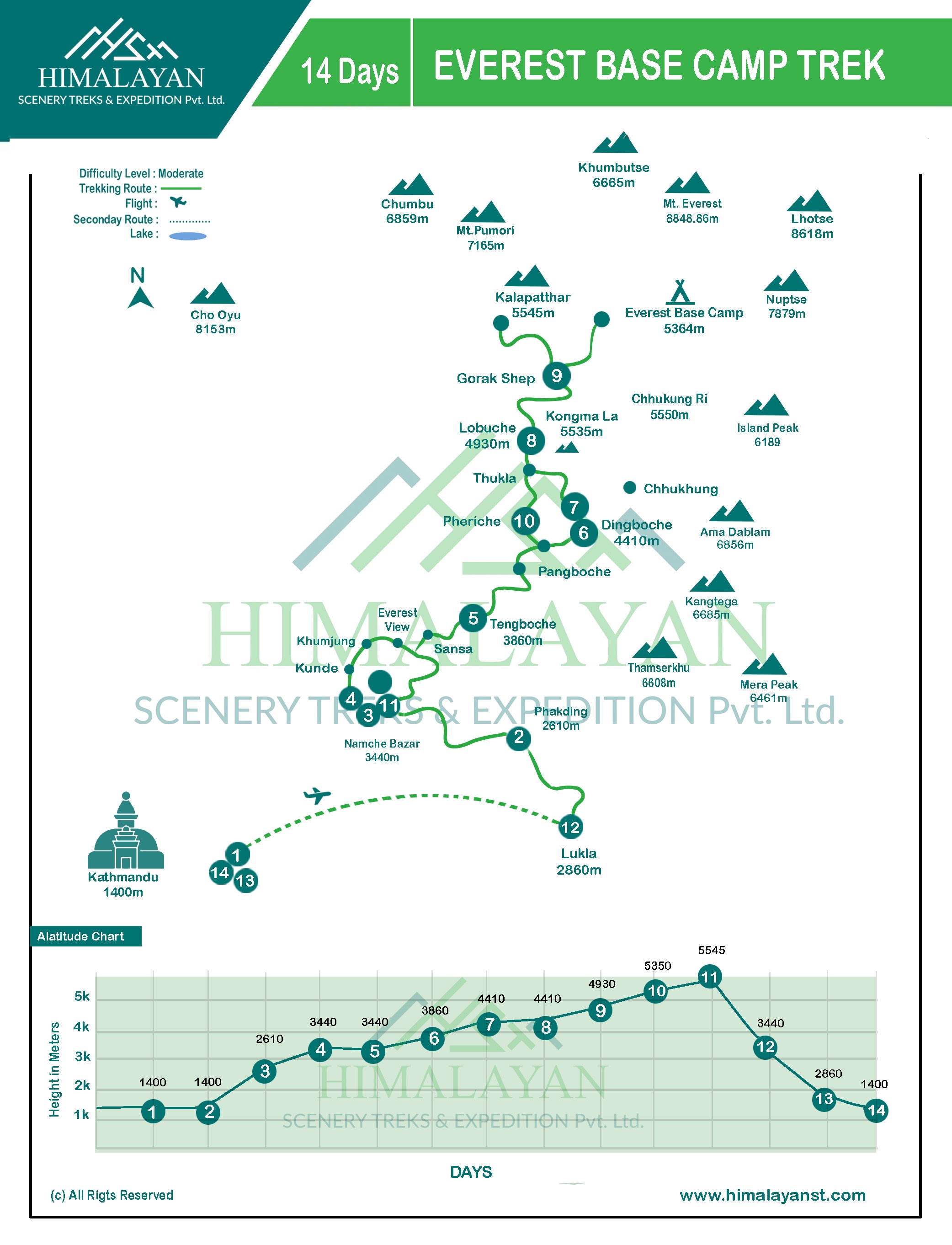“Mesmerizing views and the sky-piercing Himalayas are all set to test human determination and the passion to succeed in a divine environment, conquer your fear and explore nature at its best”
14 Days Everest Base Camp Trekking begins with the scenic flight from Kathmandu to the marvelous hill town of Lukla after the completion of necessary documentation in the office of Himalayan Scenery Treks and Expedition. With the gentle trekking introduction on the second day after the trek to Phakding, the real trekking in the Everest region begins. We traverse through the rich Sherpa hub of Namche Bazaar, culturally rich settlements of Tengboche, the highest around the year settlement of Dingboche as well as the higher altitude stoppages of Lobuche, Gorakshep, and Everest Base Camp, and trek back to the initial trekking point of Lukla. The natural, scenic, and biological as well as cultural diversity and up-close view, as well as cultural diversity and up-close view of the humongous Himalayas, of the humongous Himalayas, give us a euphoric feeling.
The Everest Base Camp Trekking 14 days demands reasonable fitness and the ability to walk through steep gradients besides an average walk of 5-6 hours per day besides mental endurance. Prepare for the trek with cardiovascular training such as cycling, swimming, hill-climbing, and walking for enjoying the trek to the utmost level. Join ha and with Himalayan Scenery Treks and Expedition for professional expertise, a carefully planned itinerary, and the best possible customer service and trekkers’ security. We believe to serve our clients with the best.
The graph below shows the altitude profile for the classic 14 days of Everest Base Camp Trek. The graph makes it easier to see the gradual ascent and more rapid descent of the trek.
Everest Base Camp 14 Day Trek Elevation Profile

Note: If you have a short time but still want to experience the magic of Everest, you don't need to worry. We have an option of Short Everest Base Camp Trek and Everest Base Camp Trek and Fly Back By Helicopter. Both of the packages are specially tailored for those travelers who want to explore more in a limited time.
We also organize a One Day Everest Helicopter Tour which takes you all the way up to Kalapatthar from where you can enjoy the magnificent view of Mount Everest. Correspondingly, Mountain Flight to Everest is likewise a great choice to observe the beauty of Everest from up close.
